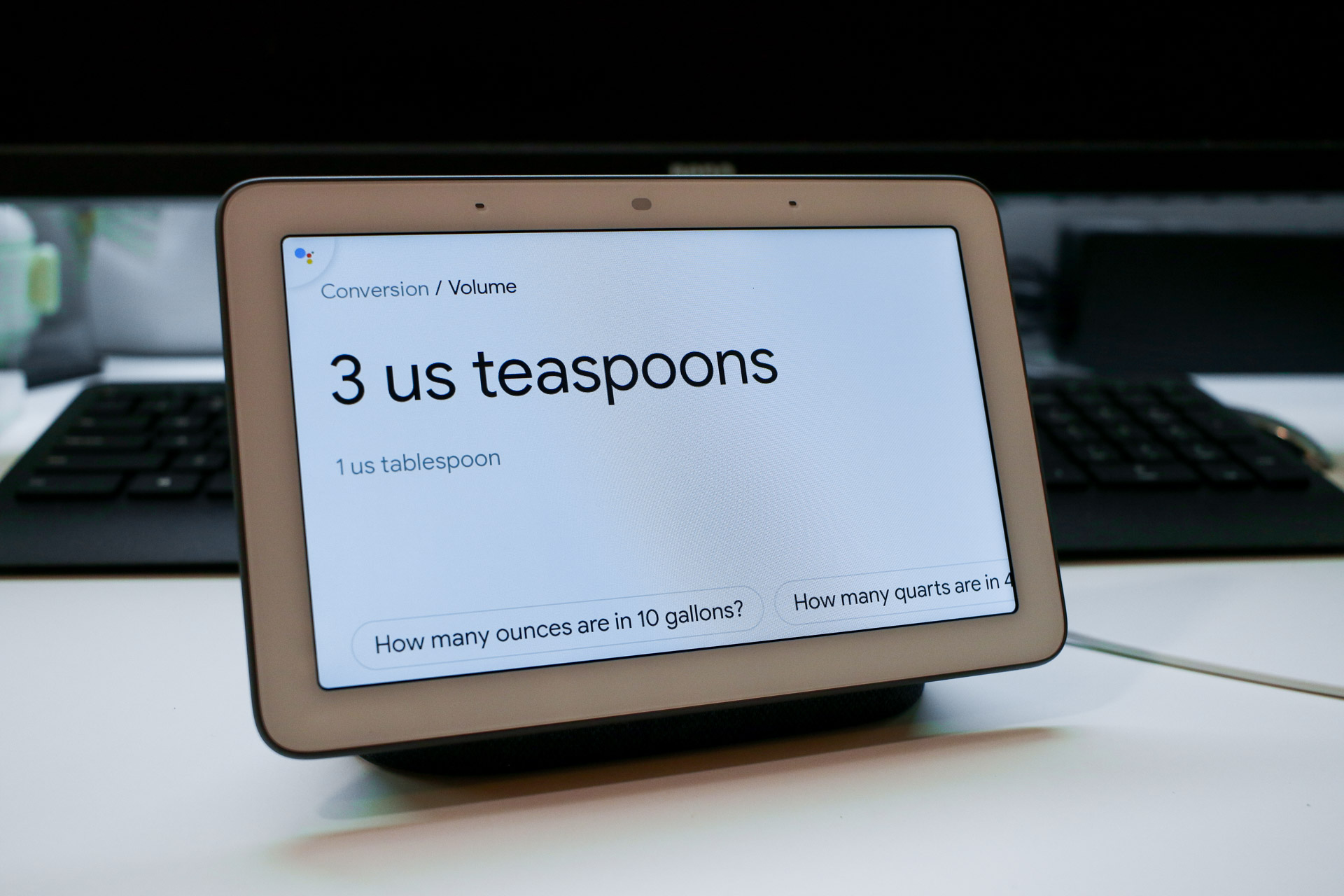
The following table lists just a few of the many commonly used physical constants known to the calculator function. That last conversion is a common joke among engineers - though, as Jim Jardine points out, “ There is no reason to denigrate neither furlongs nor fortnights as they are both very easily defined measurements.” (See his page Furlongs Today.) 4. Physical Constants In many cases, you can also get the conversion factor between units: Warning: When your query includes “ Calories” with a capital “ C,” Google returns kilocalories called “ calories” by nutritionists.Ĭonvert from one numbering system to another.

Here are calculations that involve units.Ĭonvert from one set of units to another by using the notation, x units in y units. Prefix hexadecimal numbers with 0x, octal numbers with 0o and binary numbers with 0b. Gallons, liters or l, bushels, teaspoons, pintsĭays, seconds or s, centuries, sidereal years, fortnightsĬalories, British thermal units (BTU), joules, ergs, foot-poundsĭozen, baker’s dozen, percent, gross, great gross, score, googolĭecimal, hexadecimal or hex, octal, binary, roman numerals, etc. Meters or m, miles, feet, Angstroms, cubits, furlongs Kilogram or kg, grams or g, grains, pounds or lbs, carats, stones, tons, tonnes Type of UnitsĪustralian Dollars (AUD), British pounds (GBP), Euros, US Dollars (USD) Many units have both long and short names. By default, units are converted to and results expressed in meter-kilogram-second (mks) units. Imaginary number, i, which represents one of the two square roots of -1Ĭompute expressions involving different units. Pi, the ratio of the circumference to the diameter of a circle The following table lists just a few of the commonly used mathematical constants known to the calculator function. X choose y calculates the number of ways of choosing a set of y elements from a set of x distinct elements Sinh, cosh, tanh, csch, arsinh, arccsch, etc. Trigonometric functions (arguments are assumed to be in radians) The following table lists just some of the functions built into Google’s calculator. 2. Advanced MathĬompute results involving mathematical constants, such as e, pi, i (the square root of –1), and mathematical functions. Note: To do multiplication, you must include the * symbol will be calculated, 3 4 won’t. The following table lists operators that come between the two numbers on which they operate, e.g., to multiply 2 times 3, use 2 * 3.

1. Basic ArithmeticĬompute expressions containing standard mathematical symbols. The calculator can evaluate mathematical expressions involving Basic Arithmetic, Advanced Math, Units of Measure and Conversions, and Physical Constants. Then you can paste it into another program, a box in a form on another web page, and so on. Once you have a result, you can use your browser’s Copy feature (usually on its Edit menu) to copy the result. The Google Guide Calculator Reference provides a nice summary of some of Google’s calculator features. Simply enter the expression you’d like evaluated in Google’s web search box and click the ENTER key or click the Google Search button.
GOOGLE UNIT CALCULATOR HOW TO
The following code snippet shows how to select the image and visualize it.Want to add up a list of numbers, convert from miles to kilometers, or evaluate some other mathematical expression? Instead of using a piece of paper, your calculator, or a computer math software program, you can now solve mathematical problems with Google’s built-in calculator function. We pick the classification scheme in the band ‘LC_Type1’ which uses 17 different land use classes. We will select the 2018 Land Cover Image from this collection. Preparing the Data Land Cover Classificationįor this post, we will use the MODIS 500m Landcover dataset from the Earth Engine Data Catalog.


 0 kommentar(er)
0 kommentar(er)
